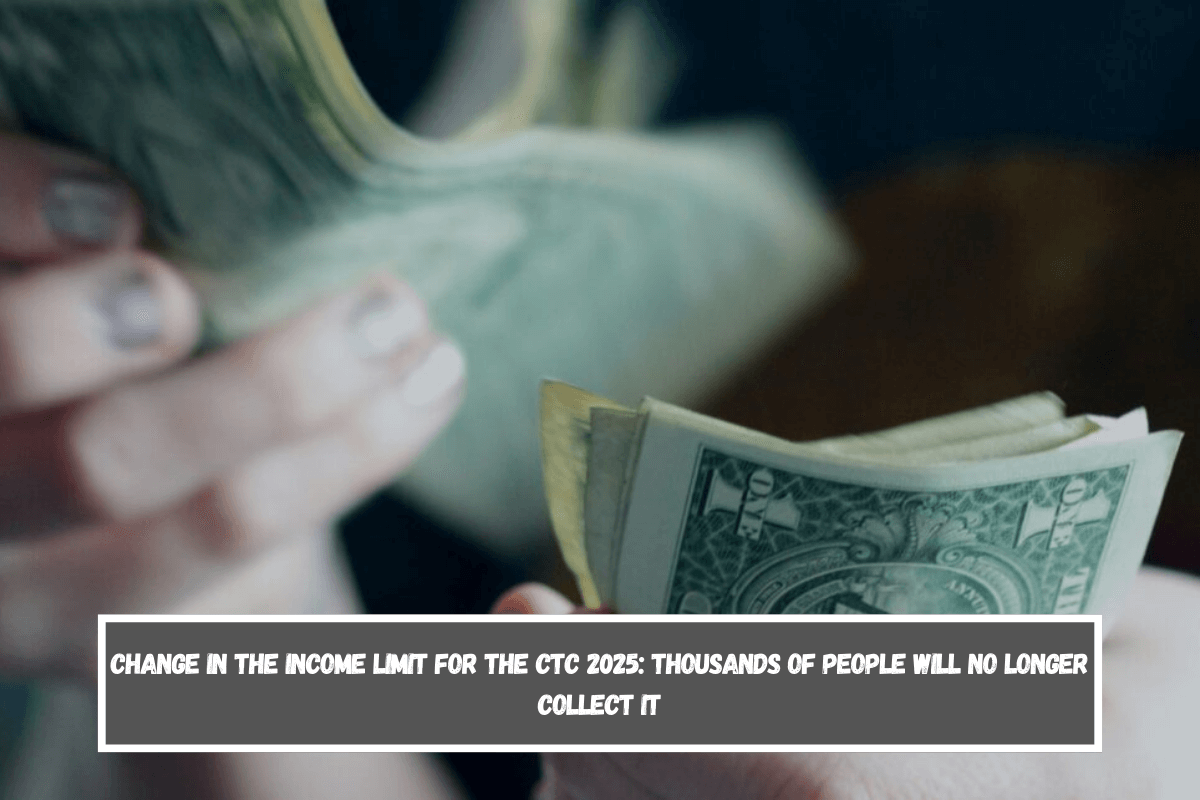The Child Tax Credit (CTC) is currently given to 48 million Americans. The CTC is an important program that helps low-income families pay for things they need to do every day.
This credit that can be refunded helps reduce poverty, keep the economy stable, and make sure that families can afford to care for their kids. The CTC is very important for reducing inequality and making the economy healthier and more stable for future generations because it helps families in need. The CTC will likely change, though, starting in 2025.
The CTC: Providing assistance to low-income families
The Child Tax Credit (CTC) is a tax break for people with children under 17 who depend on them. The base amount of the credit is $2,000, but it decreases as modified adjusted gross income (MAGI) goes up.
This means that people with higher MAGI may get less of a credit or not get one at all. The CTC is a nonrefundable tax credit that lowers the amount of taxes owed by a dollar for dollar. Some people may be able to get a partial refund, though, if the credit is more than the taxes they owe.
In 2024, the Child Tax Credit was worth up to $2,000 for each child who was eligible and living with you. The part that could be refunded, called the Additional Child Tax Credit, was worth up to $1,700.
To get the full credit, your modified adjusted gross income (MAGI) had to be $400,000 or less if you were married and filing jointly, or $200,000 or less if you were single.
If your MAGI was higher than these amounts, the credit was cut by $50 for every $1,000 of extra income over the limit. It slowly went away until it was gone completely. You can claim the 2024 Child Tax Credit on your 2025 tax return. Also, the CTC should show up earlier than planned next year.
CTC changes for 2025
The Child Tax Credit amounts for 2025 will be used for taxes that are filed in April 2026. In 2025, the biggest credit amount that can be borrowed will stay at $2,000, and the most that can be returned will be $1,700.
The Child Tax Credit does not depend on how much money you make. The limit is $400,000 for married couples filing jointly and $200,000 for everyone else.
The income limits for the Child Tax Credit will stay the same in 2025: $400,000 for married couples filing jointly and $200,000 for everyone else. However, this may not be a good thing, especially since the cost of living is going up.

Prices for things like food, housing, and medical care are going up because of inflation, so the credit may not be worth as much as it used to be.
The credit itself stays at $2,000 per child, but it is not as good at helping families deal with their rising costs of living, especially in places where prices have gone up a lot. If the income limits stay the same without being adjusted for inflation, it may still be hard for many families to get the full credit.
Qualifying criteria for the CTC
- Age: The child must have been under the age of 17 at the end of the tax year.
- Relationship: The child you are claiming must be your son, daughter, stepchild, foster child, brother, sister, half-brother, half-sister, stepbrother, stepsister, or a descendant of any of these individuals (e.g., a grandchild, niece, or nephew).
- Dependent status: You must be able to claim the child as a dependent. Additionally, the child cannot file a joint tax return unless it’s to claim a refund of withheld income taxes or estimated taxes paid.
- Residency: The child must have lived with you for at least half the year, though there are some exceptions to this requirement.
- Financial support: You must have provided at least half of the child’s financial support during the year. If the child financially supported themselves for more than six months, they may not qualify.
- Citizenship: According to the IRS, your child must be a U.S. citizen, U.S. national, or U.S. resident alien and must have a valid Social Security number.
- Income: Parents or caregivers claiming the credit must also meet certain income limits. As income exceeds the threshold, the credit is gradually reduced and may eventually be eliminated.













Leave a Reply